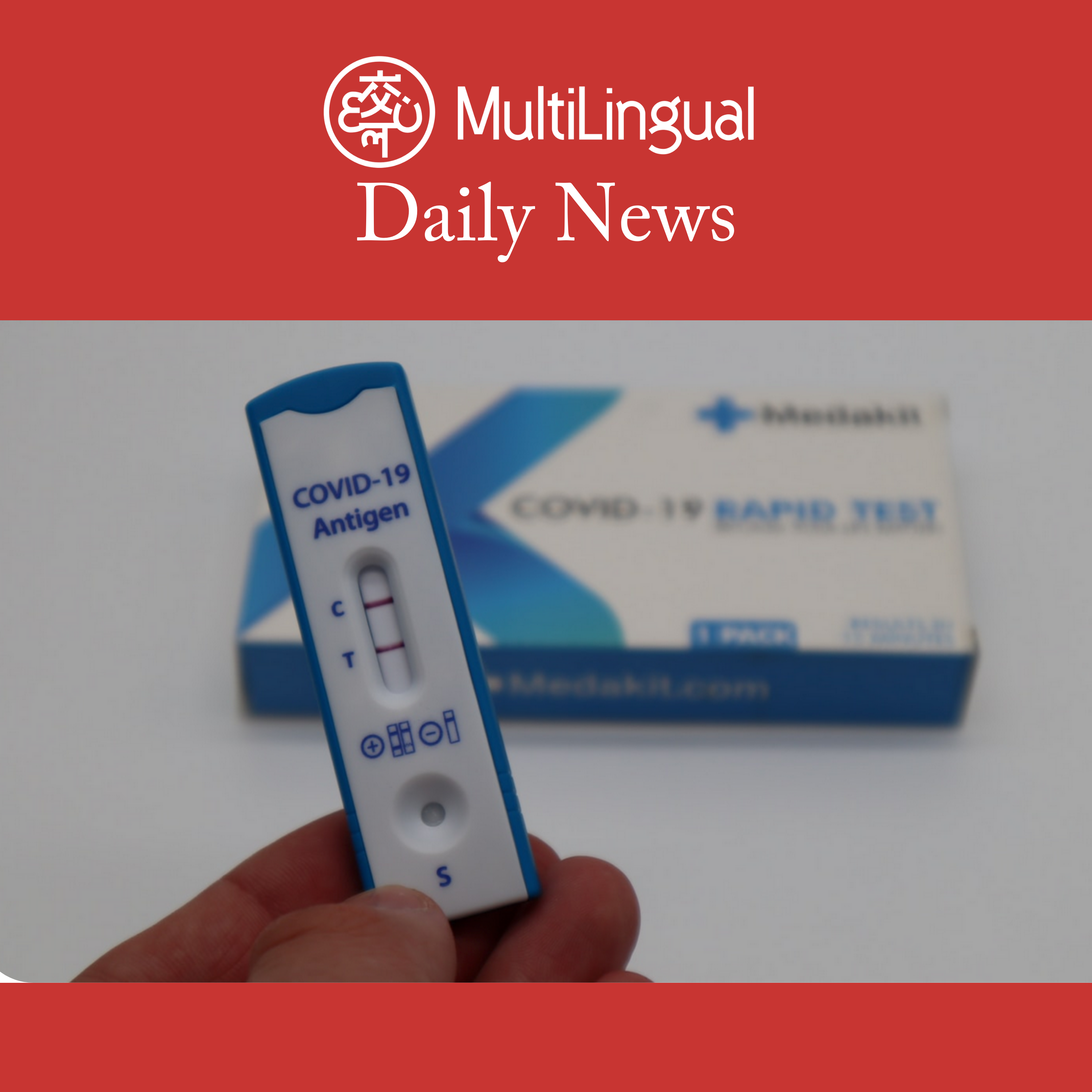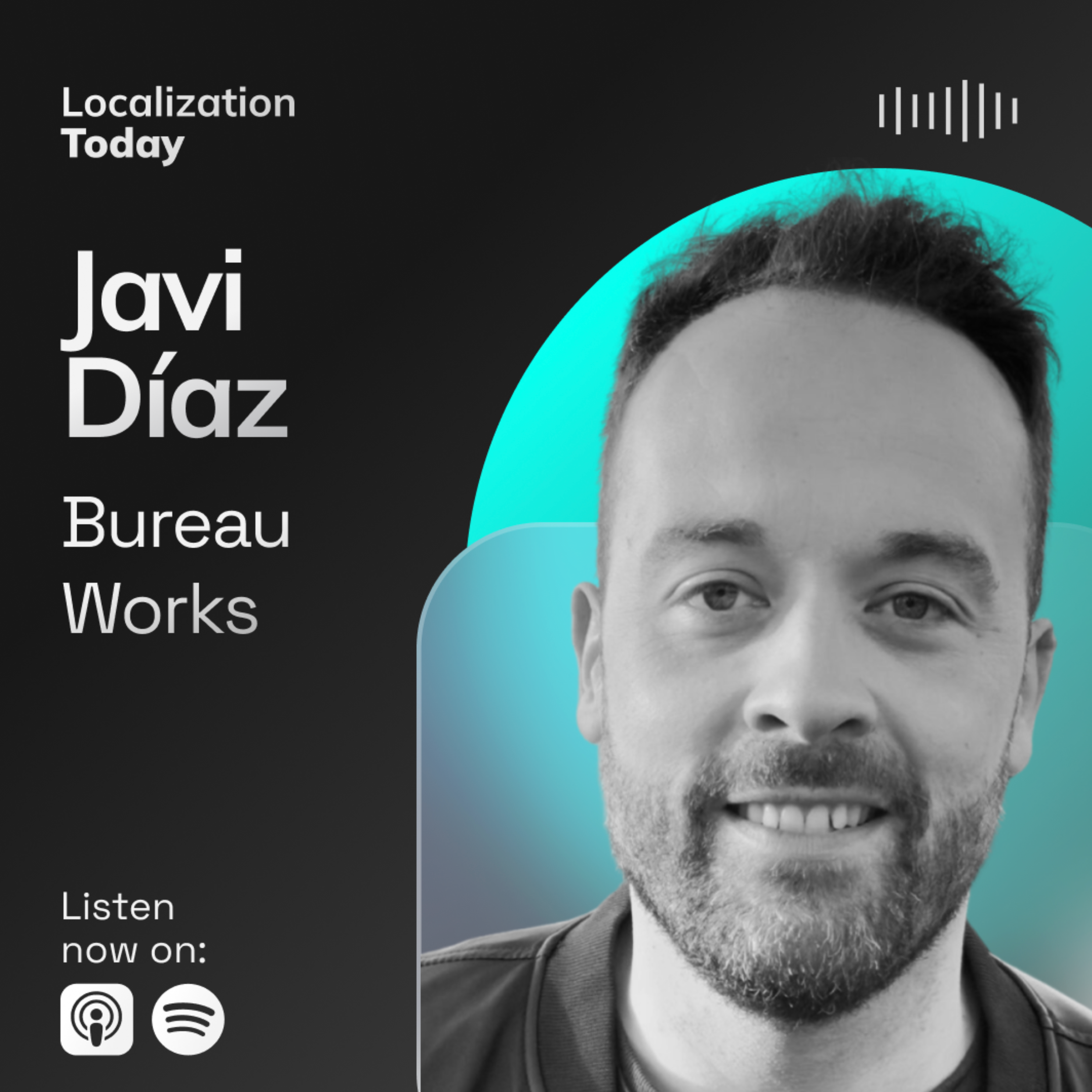Episode Transcript
[00:00:00] The Key to Successful Post Editing and Terminology Management By Lucia Gutierrez Franco and Gabriela Kawala Today's localization clients rely more than ever on machine translation mt to speed up their global expansion.
[00:00:18] Post editing is an essential part of this process as humans are needed to refine machine generated text.
[00:00:26] Therefore, understanding how to optimize post editing workflows is critical for localization professionals as well as clients and buyers.
[00:00:34] A precise, approved and well structured glossary is one of the most powerful tools towards eliminating inconsistencies, reducing errors, and maintaining a unified voice across languages and platforms.
[00:00:49] A glossary is not just a list of terms, it's a quality control tool that prevents errors before they happen.
[00:00:55] It ensures that industry specific, company preferred and legally required terminology is used correctly.
[00:01:03] Relying on a glossary ultimately minimizes the risk of mistranslations, inconsistencies, and costly revisions.
[00:01:11] Whether working with machine translated content or refining human translations, incorporating a glossary into the post editing process ensures that terminology remains precise and industry appropriate and aligned with brand standards.
[00:01:25] Specifically, using a glossary during post editing can help ensure consistency across projects and languages. A glossary standardizes terminology, ensuring that key terms are used uniformly within a company's documentation, marketing materials, and digital content.
[00:01:44] This is particularly important in industries where even minor inconsistencies can lead to miscommunication or confusion.
[00:01:51] Reduce time spent on a glossary eliminates the need for guesswork by providing translators and post editors with a pre approved list of terms.
[00:02:01] Instead of manually researching or second guessing terminology, linguists can focus on refining style and accuracy, leading to faster turnaround times.
[00:02:11] Improve quality control in high stakes industries in industries such as medicine, law, and finance, a single mistranslation can have serious consequences, from legal liabilities to patient safety risks.
[00:02:25] A glossary ensures that critical terms are correctly translated, reducing the chance of errors that could lead to compliance issues or misinterpretations.
[00:02:34] Align translations with brand voice for businesses expanding into global markets, maintaining a consistent brand voice is essential.
[00:02:43] A glossary helps ensure that brand specific terminology, slogans and product names remain intact across all languages.
[00:02:51] This creates a cohesive customer experience, reinforcing the brand's identity and messaging worldwide.
[00:02:58] Minimize ambiguity in technical content Technical fields often involve specialized jargon that can have multiple meanings depending on context.
[00:03:08] For example, in software localization, the term patch could refer to a software update or a design element.
[00:03:16] A glossary provides clarity, ensuring that the correct meaning is applied across all content.
[00:03:22] To illustrate why glossaries matter, imagine a medical translation where the term angina appears in English. Angina refers to a heart condition.
[00:03:34] In Spanish, angina can mean a throat infection.
[00:03:38] In French, angie refers to a throat infection, while the heart condition is anger.
[00:03:44] Without a glossary clarifying the intended meaning, a translator or worse, a machine could easily misinterpret the term, leading to serious consequences in patient care.
[00:03:55] In software localization, maintaining consistency is paramount. Yet user interface UI terms can carry different meanings depending on their context.
[00:04:05] For instance, the term contact might function as a prominent call to action CTA in one scenario urging users to initiate communication, while in another scenario it may simply serve as a menu item guiding navigation.
[00:04:20] This dual usage can lead to inconsistencies and confusion if not carefully managed, potentially compromising the user experience.
[00:04:29] Similarly, submit could be translated as submitter in French, but envoyer might be a better fit depending on the system's tone.
[00:04:38] In Japanese, click here can be, but only one should be used throughout the interface.
[00:04:48] This variability highlights the importance of embedding detailed contextual instructions into glossaries.
[00:04:55] By providing clear usage guidelines and situational context, translators and post editors can apply the correct translation consistently throughout the interface.
[00:05:05] Such a practice not only reduces ambiguity but also fosters smoother collaboration among localization teams, leading to a more unified and user friendly digital experience.
[00:05:18] Tools for Creating Glossaries Online tmss To ensure consistency across projects, many companies and freelancers rely on cloud based translation management systems that facilitate collaborative work environments and integrate robust terminology management tools.
[00:05:38] These platforms help create, maintain, and enforce glossaries. Beyond terminology management, tmss integrate glossary management, translation memories and quality assurance QA tools to uphold high standards throughout the localization process.
[00:05:56] A key feature found in many TMS platforms is Real Time Translation Preview, which allows users to see translations as they would appear in the final ui.
[00:06:06] This visualization capability helps translators and localization teams identify layout, formatting, and contextual issues early, ensuring that the final content fits seamlessly into the design and provides an optimal user experience.
[00:06:22] Desktop Based CAT tools while online TMSs are excellent for real time collaboration, desktop based computer assisted translation CAT and QA tools remain the favorites of many linguists.
[00:06:36] These tools provide powerful functionalities for glossary creation and enforcement, helping translators and editors maintain linguistic accuracy across projects.
[00:06:46] As with their online friends, desktop based CAT tools streamline terminology management by offering termbase integration. Glossaries can be stored in a termbase, allowing translators to receive automatic suggestions for the correct term during translation.
[00:07:05] Previously approved translations are stored and reused to maintain consistency and improve efficiency.
[00:07:12] Automated Terminology Verification the system flags incorrect or inconsistent terminology usage, ensuring adherence to pre approved glossary terms.
[00:07:23] For instance, in an automotive manual, if the term brake pad must always be translated as plaquette D frame in French. A CAT tool will automatically detect and highlight any deviation, ensuring uniformity across the content.
[00:07:38] Step by step Guide to glossary creation Step 1 Identify key terms Use automated term extraction tools to identify frequently used words and phrases from previous translations, product documentation and client style guides.
[00:07:55] Many modern CAT tools offer built in term extraction features.
[00:07:59] Dedicated terminology management tools or AI powered solutions like ChatGPT can also assist in extracting key terms.
[00:08:08] This automated approach streamlines glossary creation, ensuring that critical terminology is consistently captured and applied across projects.
[00:08:17] Step 2 Define the preferred Translations Collaborate with subject matter experts to ensure technical accuracy and industry relevance.
[00:08:28] Confirm that preferred translations align with company specific terminology and regional linguistic preferences.
[00:08:36] Step 3 Provide context and usage rules Add examples and contextual notes for each term, explaining when and how it should be used in UI translations. Clarify if a term serves as a CTA menu item or descriptive text as each may require a different translation.
[00:08:56] Specify any industry specific nuances to Prevent misinterpretation.
[00:09:01] Step 4 Validate with experts and clients before finalizing Seek approval from linguists, clients and industry specialists to ensure accuracy and alignment with brand expectations.
[00:09:15] Revise the Glossary based on feedback to eliminate inconsistencies.
[00:09:20] Step 5 Integrate into translation Tools Upload the approved glossary into CAT tools for automatic term recognition.
[00:09:30] Ensure that all translators and post editors have access to the updated glossary for seamless application.
[00:09:36] Step 6 Review and update regularly Conduct periodic reviews to keep the Glossary up to date.
[00:09:44] Modify or expand terms as industry terminology evolves or project requirements change.
[00:09:50] Maintain a collaborative workflow, allowing input from translators, reviewers, project managers, and clients to refine the Glossary over time.
[00:09:59] Note when you are creating a glossary, remember that you don't have to do it all by yourself. A glossary is a live document shared with all stakeholders in a project.
[00:10:09] Maybe a translator can take care of text extraction, then a client reviewer approves the terms and finally the project manager integrates with a CAT tool.
[00:10:19] QA Tools for Glossary Compliance QA tools are essential for maintaining overall translation quality in large scale localization projects.
[00:10:29] These tools help detect terminology mismatches, missing translations, formatting issues, and inconsistencies.
[00:10:37] Industry leading QA tools provide comprehensive error reports and intuitive export options, making it easy to share detected issues with vendors and linguists for efficient resolution.
[00:10:48] For localization project managers, these tools are indispensable in conducting final quality checks before delivery.
[00:10:56] By identifying and correcting potential errors, early QA tools help ensure a polished final product while streamlining the revision process and reinforcing the use of an approved glossary across all projects.
[00:11:09] The Future of Glossaries in Post Editing As MT improves, the role of human post editors is more crucial than ever.
[00:11:18] Clients expect fast turnarounds, but they also demand accuracy, professionalism, and brand consistency.
[00:11:26] That's why a well maintained glossary isn't just a tool, it's a competitive advantage. In an industry that increasingly blends automation with human expertise.
[00:11:35] Specifically for freelance translators, maintaining personalized glossaries can help win repeat clients who appreciate consistency.
[00:11:45] For agencies and localization teams, investing in glossary management tools ensures that large scale projects remain error free for buyers and clients. Understanding the value of an approved glossary helps ensure that translation budgets are spent efficiently reducing costly rework.
[00:12:04] By mastering glossary management and leveraging the right translation tools, language professionals can ensure high quality translations in an increasingly automated world. Lucia Gutierrez Franco is Head of Localization at Kedu Entertainment.
[00:12:21] With a decade of experience, she has held leadership role spanning project and operations management, vendor strategy and client engagement.
[00:12:30] She is passionate about process optimization, talent mentoring and and AI localization technologies.
[00:12:37] This article was written by Lucia Guters Franco. She is head of Localization at Kedu Entertainment.
[00:12:44] With a decade of experience, she has held leadership roles spanning project and operations management, vendor strategy, and client engagement.
[00:12:52] She is passionate about process optimization, talent mentoring and AI localization technologies.
[00:13:00] And Gabriela Kauala. She has been a certified bilingual translator, English to French, less than greater than Romanian since 2010 and is the founder of Beyond Words Linguistic Services, the first Algeria based localization agency for researchers.
[00:13:16] She is an advocate for a world in which every culture, language and word matters.
[00:13:22] Originally published in Multilingual Magazine issue 242July 2025.


